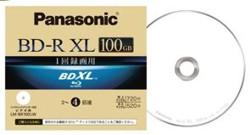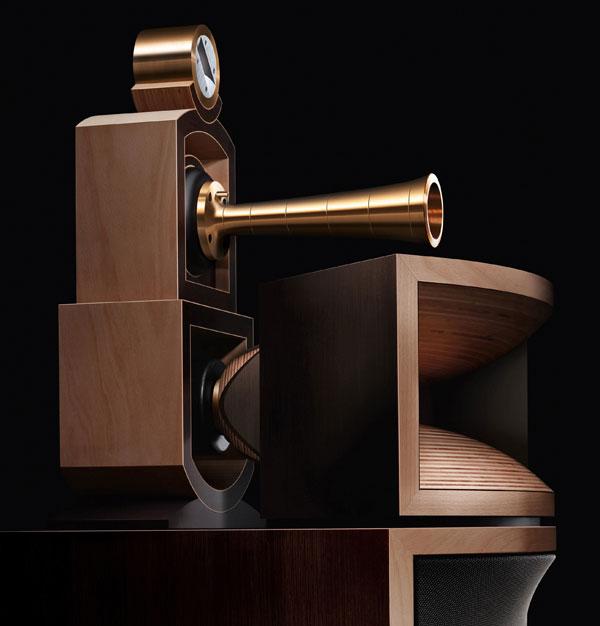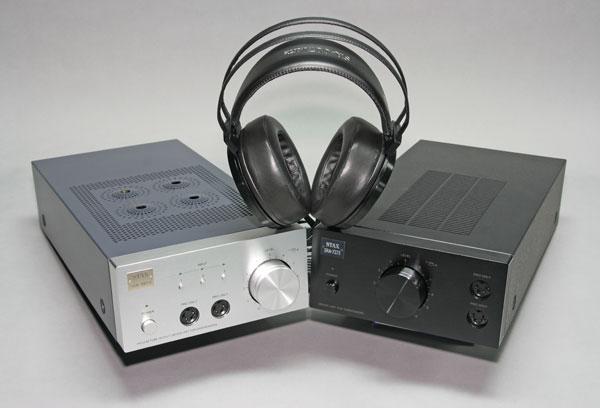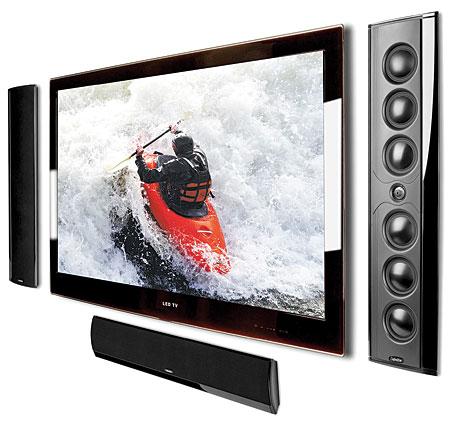LATEST ADDITIONS
|
Aug 24, 2010 |
First Published: Aug 25, 2010
|
Aug 23, 2010
|
Aug 23, 2010


 Escaping the monotony of a loveless marriage, Raymond Yale (David Roberts) becomes entangled in an affair with Carla (Claire van der Bloom). His moral limits are tested when she presents him with the proceeds of her husband's latest crime and the two hatch a plan to start a new life. What could go wrong?
Escaping the monotony of a loveless marriage, Raymond Yale (David Roberts) becomes entangled in an affair with Carla (Claire van der Bloom). His moral limits are tested when she presents him with the proceeds of her husband's latest crime and the two hatch a plan to start a new life. What could go wrong?
 Banished by their mother (Kelly Preston) to spend the summer with their father (Greg Kinnear) in Georgia, Veronica (Miley Cyrus) and her younger brother Jonah (Bobby Coleman) get a chance to reconnect with him since their parents divorced a few years earlier. Before the split, Veronica would spend countless hours together at the piano and since he left she has refused to play despite receiving a scholarship offer to Julliard. Can a summer with her father rekindle her desire to play or will other circumstances alter her life?
Banished by their mother (Kelly Preston) to spend the summer with their father (Greg Kinnear) in Georgia, Veronica (Miley Cyrus) and her younger brother Jonah (Bobby Coleman) get a chance to reconnect with him since their parents divorced a few years earlier. Before the split, Veronica would spend countless hours together at the piano and since he left she has refused to play despite receiving a scholarship offer to Julliard. Can a summer with her father rekindle her desire to play or will other circumstances alter her life?



 Price: $3,912 At A Glance: Less than 2 inches thick, including the wall mount • Catenary-geometry-derived aluminum-dome woofers • Aluminum enclosure
Price: $3,912 At A Glance: Less than 2 inches thick, including the wall mount • Catenary-geometry-derived aluminum-dome woofers • Aluminum enclosure





